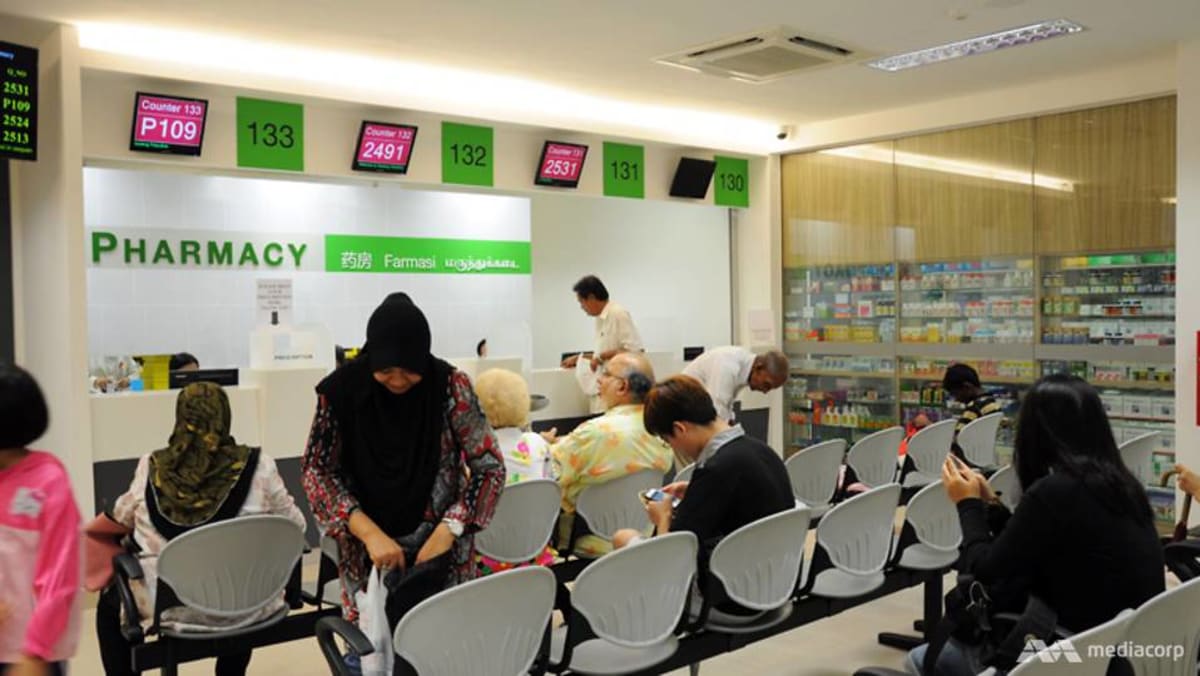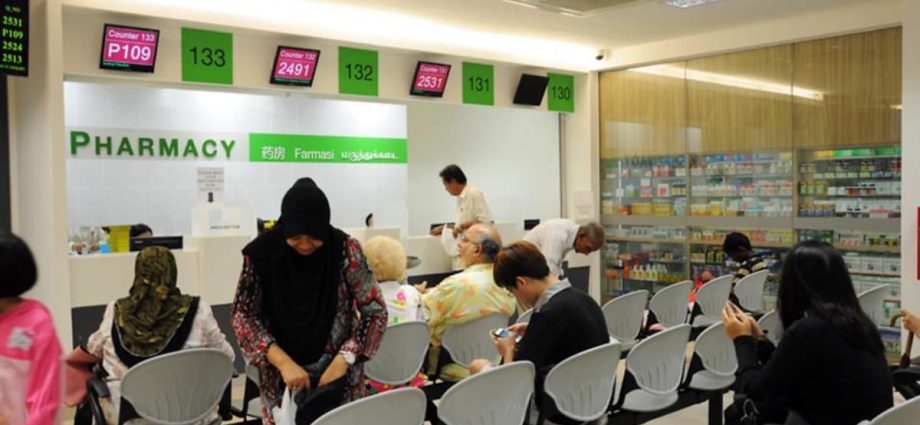
In Singapore, while healthcare spending is expected to drive increases in social spending, the country has delivered good health outcomes given its spending of 4 per cent of GDP on healthcare, said Health Minister Ong Ye Kung in parliament in May. This compares with 17 per cent for the US and 10 per cent for the UK.
Another recent healthcare incident exemplifies this. At the end of 2022, I was in the US on holiday and a doctor recommended a complex test, quickly. The results were ambiguous.
I checked with the healthcare system in Singapore when I returned home, and the doctor had me do the same test to get it properly recorded here. The cost was more than 80 per cent less than in the US, written reports were more thorough, and a physician took time to explain the results, which the doctors in the US did not do. Thankfully, all was okay.
PASSIVE ABOUT PREVENTIVE CARE
Despite the tremendous advances, however, there is still a significant gap in Singapore’s healthcare. The issue is not the staff or the technology. It’s not budgets. Instead, it’s the people. Even as the quality of care has surged, many people do not seem to be proactively managing their health well.
When answering questions recently by a doctor for a series of tests I had to take, I answered: Daily exercise, a healthy diet, never smoked, regular dental visits, regular health screenings.
After a few more questions, the doctor said she should use me as an example for other patients. Her comment was not so much about my health. Rather, it was a somewhat sad commentary on how few patients that doctors see are taking adequate care of their own health.

